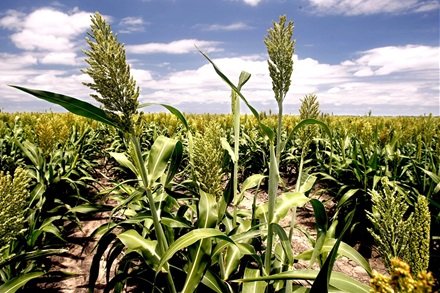INTERNATIONAL demand for sorghum is on the up, with China’s increased appetite for feed grain one of the key factors according to a senior grains executive at Toepfer International.
Speaking at last month’s Global Grains Asia conference in Singapore, Pablo Altuna, senior grains manager with Toepfer, based in Buenos Aires, Argentina, said increased Chinese demand was making sorghum more and more attractive for growers across the globe.
And Australia has a chance to extract even further premiums from the sorghum boom, as it is well positioned in the relatively small human consumption sorghum market.
Commodities manager at NZX Ron Storey said China had emerged during the 2012-13 Australian sorghum out of the blue and had taken a whopping 700,000 tonnes of product.
“This product has gone out in containers and is used to make a spirit (baijiu).”
Mr Storey said the jury was out on whether the Chinese baijiu market would continue to see Australian sorghum trading at the record levels of last year, but he said it would tighten up the feed grain market in northern Australia.
“There probably just won’t be the grain this year for that much sorghum to be exported this year, but the reports are that there is still a significant amount that is set to be exported.”
Mr Altuna said this would have a significant impact on the supply and demand set-up in Australia, which has traditionally exported around half of its crop, with average production around 2.25 million tonnes.
He said the US was also doing more trade with china in the past two years, which has changed the sorghum market there also.
“If China continues to buy these volumes of sorghum, it will be more attractive for US growers to increase their acreage, especially in those key sorghum states like Kansas and Texas.”
He said Argentina was also an important sorghum exporter, sending grain to South America and Japan.
At present, China is not buying Argentine sorghum, but Mr Altuna said if that changed, growers in the South American nation would be happy to grow the crop as it is not subject to government tariffs like other cereals such as wheat.
“Prices are very close to corn and there is much less input cost involved.”
Mr Altuna said with the potential to increase production substantially limited in Australia, large scale import demand would most likely be from the US and Argentina.
A host of African nations feature in the top 15 sorghum producers worldwide, but this is largely consumed domestically, so it has little impact on world markets, Mr Altuna said.
Source: Sorghum’s global demand grows – Agriculture – Cropping – General News – Farm Weekly.
Related articles






